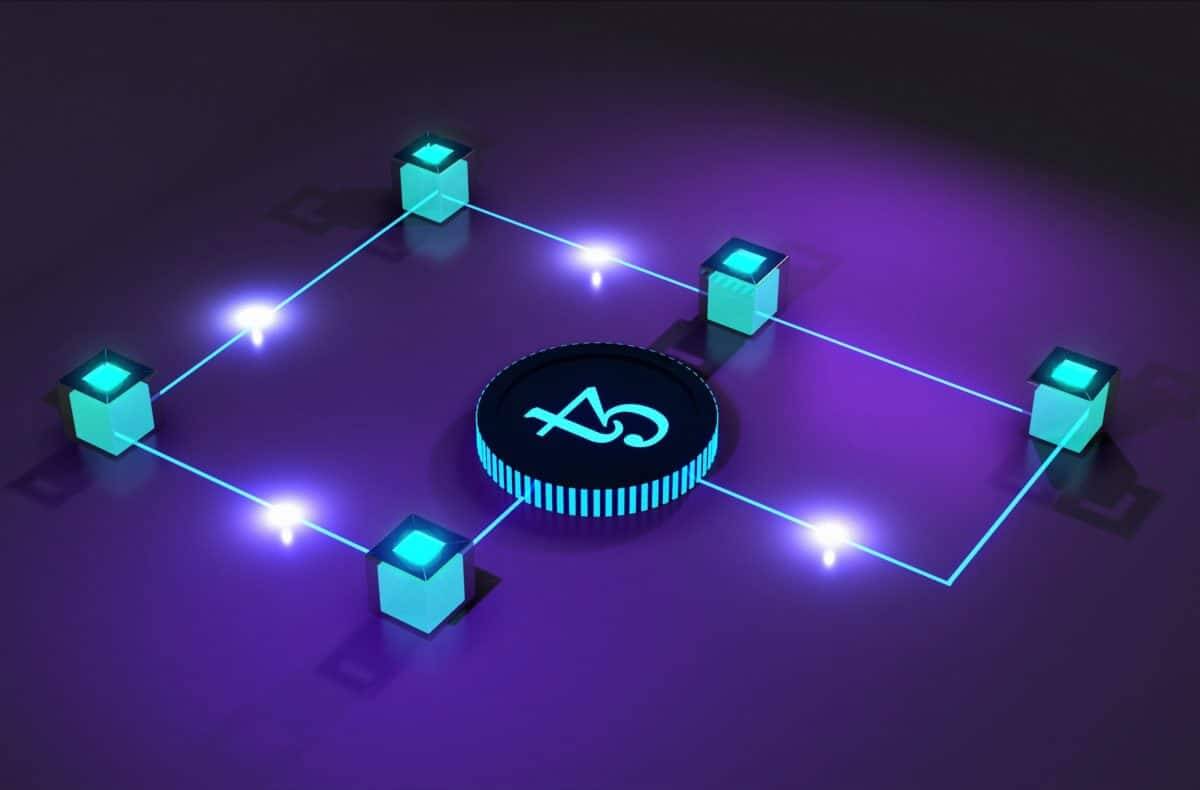Why Can’t a Blockchain Be Changed?

The Double-Entry Systems’ Innovations and Limitations
A means to balance the books is made possible by double-entry systems. A double-entry system has two distinct columns that display debits (often on the left) and credits (typically on the right), allowing the total amount to be displayed by adding and subtracting. To put it another way, the two-column technique enables a running total and update to the total sum.
Double-entry systems also make it simpler to determine whether a past-due account has been settled. An accountant can detect if an error has happened or if an account is overdue by comparing the difference between the sums of the debit column and the credit column if totals are run frequently in manageable blocks (in the absence of electronic records).
Double-entry systems are supposedly maintained by individuals as well as organizations and governments. Each of us has access to a double-entry system through our bank accounts. If someone claims we failed to repay them, we can establish through a debit from the account that, for instance, a check was paid on a specific date and in a specific amount.
However, double-entry systems can be manipulated or “cooked,” as we have seen with corporate scandals (like Enron), to provide an inaccurate picture of a company’s value. Why? Figures and amounts can be concealed by the person or organization in charge of the accounting books when there is no equivalent or obvious countermeasure of one double-entry system (as in the case of the bank account mentioned above).
The blockchain offers this defense through a permanent (immutable) and openly available record.
Why Can’t a Blockchain Be Changed?
The hashing algorithm and the reward system for blockchain validation are the two components at work in conventional blockchains. The blockchain cannot be directly modified because of the hashing method. Keep in mind that you cannot undo it.
However, there is a kind of “loophole.” A competition and a vote verification mechanism are used to validate each block. No matter who validated the block, you may override it if you invested enough money to acquire 51% (or more) of all the voting power in a blockchain.
This type of override, known as a Sybil assault, is something that blockchain designers aim to prevent. They eliminate two incentives for that. First of all, obtaining 51% of the vote is very expensive. You would need to pay tens of billions of dollars to buy Bitcoin. Second, if you succeeded in doing so, people would stop believing in the blockchain, and all the money you paid to win those votes would be lost.
From a financial standpoint, it is, therefore, unreasonable to override a blockchain. What if, though, you were only malicious?
Blockchains feature independent, decentralized organizations that enable code changes for the blockchain’s operating system. They have historically voted to nullify the attack and reset the blockchain to a point in time before the attack should something similar occur when there have been other types of errors.
The post Why Can’t a Blockchain Be Changed? appeared first on FinanceBrokerage.
0 Response to "Why Can’t a Blockchain Be Changed?"
Post a Comment